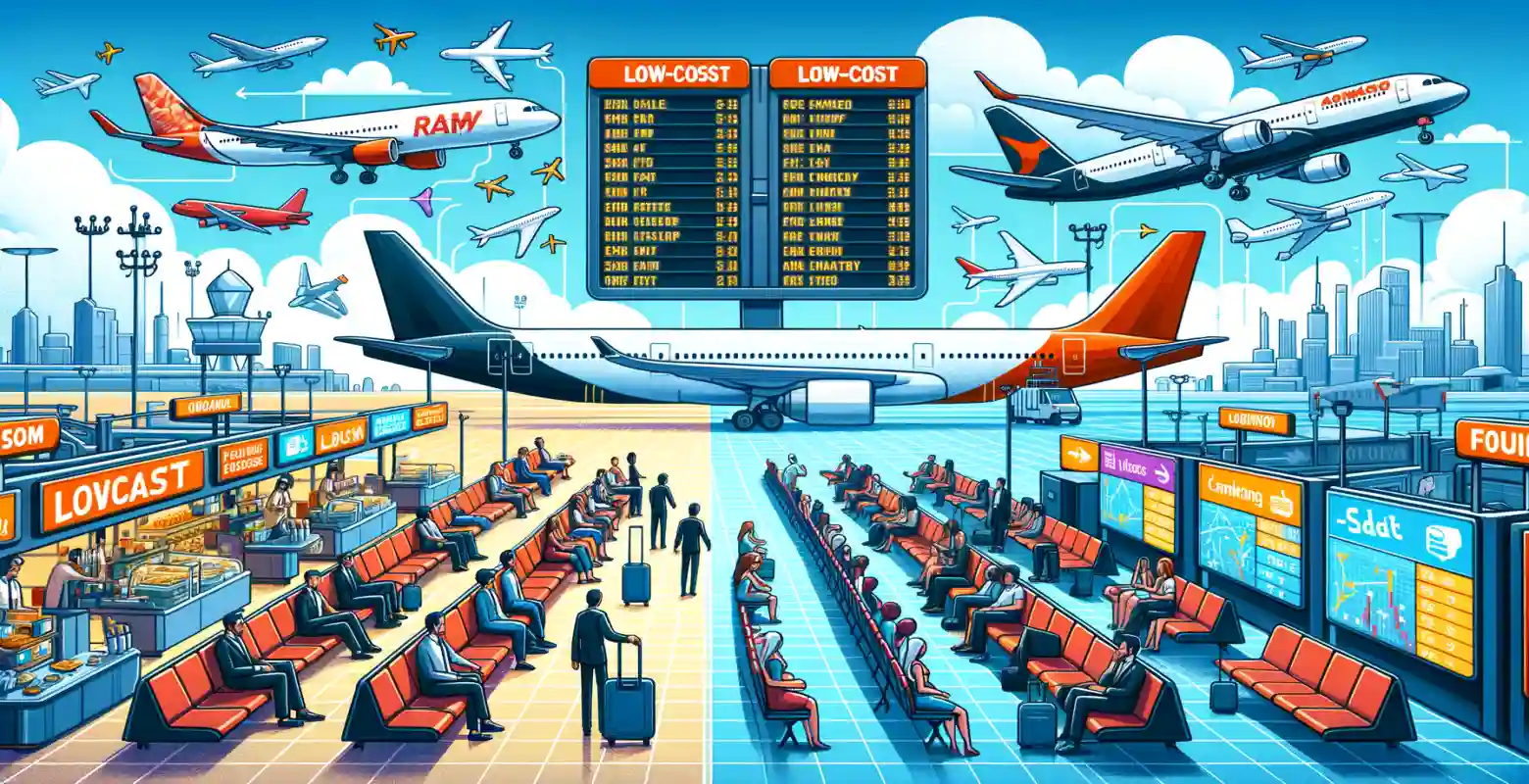How do low-cost airlines change the aviation market?
Introduction
In recent decades, the aviation sector has undergone significant changes, with one of the key factors influencing these changes being low-cost airlines. Since entering the market, these airlines have revolutionized the way people travel by offering affordable airfares and changing consumer habits. Why is this topic important? Because low-cost airlines have not only impacted the pricing structure of the market but also global mobility, the development of tourism, and the economies of individual countries. In this article, we will examine how low-cost airlines are changing the aviation market, what their main characteristics and challenges are, and what trends can be observed in the future.
Significance of Low-Cost Airlines
Low-cost airlines such as Ryanair, easyJet, or Wizz Air have revolutionized the aviation industry by introducing an operational model focused on cost minimization. A key aspect of their operations is the elimination of unnecessary services that were traditionally included in the ticket price, such as complimentary onboard meals or the ability to choose a seat. This allows them to offer tickets at much lower prices than traditional airlines.
The significance of low-cost airlines is enormous, as they have enabled millions of people who could not afford air travel before to use this means of transportation. An example can be seen in the development of tourism in Central and Eastern Europe, where the increased availability of cheap airline tickets has led to a higher number of tourists visiting countries such as Poland, Hungary, or the Czech Republic.
Advantages and Challenges
Advantages: The main advantage of low-cost airlines is, of course, the price. Low ticket prices attract a wide range of customers, from students and families to business travelers. These airlines often operate from smaller airports, which allows them to avoid congestion and reduce operational costs.
Challenges: Despite many advantages, low-cost airlines face several challenges. One of them is managing their reputation, as low prices are often associated with limited service quality. Additionally, the market is highly competitive, forcing carriers to constantly seek new ways to reduce costs. Moreover, rising aviation fuel prices and environmental protection regulations pose further challenges.
Impact on Traditional Airlines
The emergence of low-cost airlines has forced traditional airlines to change their business strategies. Many traditional carriers, such as Lufthansa or British Airways, have started offering their own budget options to compete with low-cost airlines. Additionally, traditional airlines have begun optimizing their operations, reducing costs, and introducing more flexible fares to attract customers who value low prices.
Future Trends
Low-cost airlines have many development opportunities ahead of them. It is predicted that they will further expand their presence in Asian and South American markets, where the growth potential is significant. Technology is playing an increasingly important role: process automation, the development of mobile applications, and service personalization are just a few of the trends that could dominate the future of low-cost airlines.
Sustainable development will also be a crucial aspect. As environmental awareness grows, low-cost airlines will need to invest in more eco-friendly solutions, such as modern, lower-emission aircraft and more efficient fuel consumption management.
Summary
Low-cost airlines have significantly influenced the aviation market, making travel more accessible and affordable for a wide range of consumers. Despite the challenges posed by this business model, the future seems promising, with the potential for further growth and technological development. In the face of global changes, low-cost airlines will need to adapt to new realities, but their flexibility and innovation may be the key to success.
Therefore, it is worth keeping track of developments in the aviation market and the changes brought about by low-cost airlines, as they impact our daily lives, way of travel, and economic development worldwide.






Number of comments: 0